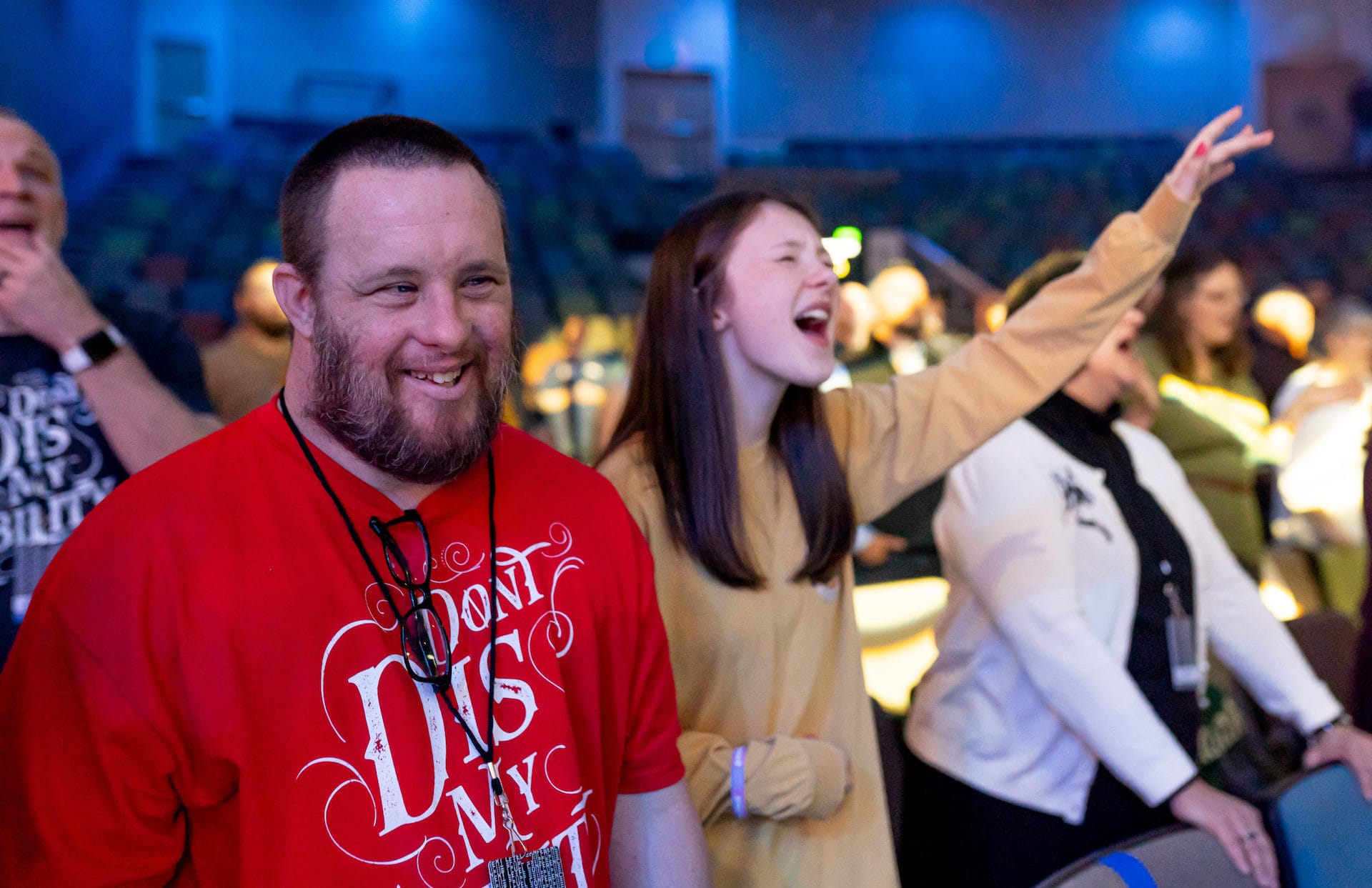

I live in a town that has an entire festival in the spring dedicated to tie-dyed clothing. Well, it is more than just tie-dyed clothing. It is three days of vegetarian food, drum circles, vendors selling homemade jewelry and homegrown succulents, and lots of shoeless children running around the grass in the warm late spring sun. My children have wanted to purchase custom tie-dyed clothing from the festival seemingly forever, but up until this past year, I had yet to actually let them. You see, tie-dye can bleed like no other. Throwing one of those shirts, dresses or boho scarves in the washer sets you up for an entire load of laundry that emerges with hues of pink, blue and green. Once that sock, t-shirt, or heathered gray hoodie has interacted with the tie-dyed garment in the wash, it is never, ever the same. The original garment has been fundamentally altered by its interaction with tie-dyed items. Maybe we need to approach disability ministry like a tie-dyed t-shirt approaches laundry day.
How do we change the church?
Or as someone once asked me “How do I get my church to care about disability ministry?”
One of the number one requests I receive in consulting with churches and organizations in the disability/special needs orbit is how to convince other ministry leaders in their churches that ministry with and to individuals impacted by disability is a mission priority. So far, I have not discovered any specific formula to make this more or less a reality in any individual church. Big churches have big church problems, small churches have small church problems, and medium churches have medium church problems. I have yet to encounter anyone in church leadership who would say the church should not be accessible to those with disabilities. Yet, I consistently encounter leaders who do not engage in the work of disability ministry because it is simply not high enough on the list of ministry priorities. Manpower is limited. Budgets are tight. The church is already focused on a different population. How do we address the divide between the affirmation that churches can and should be accessible with the reality that many are not? The solution lies not in creating more systems, better structures, bigger budgets, or newer buildings. The solution actually lies in the DNA of the church, the culture. Whether we are hoping to implement a new Bible curriculum that is geared toward individuals with disabilities, purchase sensory items for a sensory-friendly classroom, host a Disability Sunday, or recruit and develop dedicated volunteers, we are all ultimately aiming to change church culture to become more inclusive and accessible.
The work of culture change is a big undertaking.
Essentially, culture change means that churches and church leaders must do the often difficult work of self-reflection, examination, or understanding that their experience as a parishioner is not everyone’s experience. Often, we uncover some uncomfortable truths about ourselves and about our existing church culture in the process. We identify prohibitive systems and structures, inaccessible programs, and prejudicial attitudes that can make our church inhospitable to our friends and neighbors with disabilities. And then we begin the work of tie-dye ministry: building a culture of inclusion in and throughout our churches that results in an identifiable change. Tie-dye ministry is not necessarily a self-contained Sunday school class, fidget bags, or a respite night. Tie-dye ministry is the cultural values of the church that make the aforementioned supports sustainable.
Tie-dye ministry is that self-contained class continuing on after the lead teacher moves on, fidget bags being seen as an asset instead of a distraction, and a diverse set of volunteers eating pizza with kids at respite night. Tie-dye ministry is all of these and more. These exist and flourish as a tangible reflection of inclusive church culture. Regardless of your church size, your ministry budget, and your location, tie-dye ministry can and does happen. It may look a bit (or a lot) different in every place, but building a culture of inclusion will actually change the church. Much like a tie-dye shirt will impact the rest of the laundry load, a culture of inclusion will impact the church and the community. And like tye dye, its impact will be around for the long haul.
For resources on how to build an inclusive church culture, contact us for a free consultation or view our resource page at abilityministry.com


